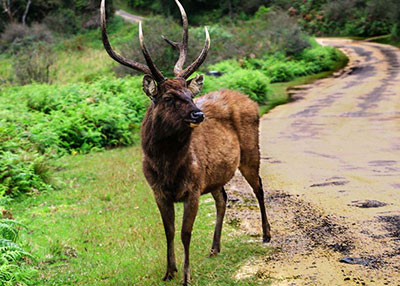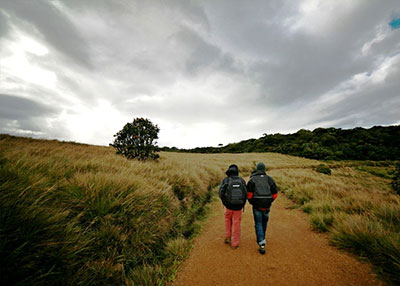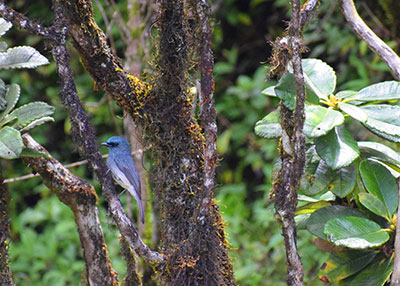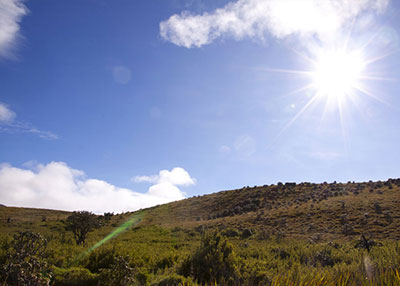Horton Plains National Park is a breathtaking natural reserve located in the central highlands of Sri Lanka. Horton Plains National Park spans an area of approximately 31.6 square kilometers (12.2 square miles). It is nestled on a plateau at an elevation of about 2,100 to 2,300 meters (6,900 to 7,500 feet) above sea level.
The park boasts a fascinating history, with archaeological finds dating back to the Balangoda Culture, evidencing human presence around 38,000 BP. Named 'Maha-Eliya Tenna' (The great open plains) in ancient times, it was later renamed 'Horton Plains' in honor of Sir Robert Wilmot Horton, the British Governor of Ceylon (1831-1837). Recognized as a National Park in 1988, it has since become a popular tourist destination.
Horton Plains experiences diverse weather patterns, with temperatures ranging from a balmy 27 degrees Celsius during the day to a chilly 5 degrees Celsius in the evenings and nights. Thick mist and regular rainfall throughout the year contribute to the unique ambiance of the park.
Horton Plains is renowned for its stunning natural beauty, characterized by rolling grasslands, misty mountains, dense cloud forests, and pristine waterfalls. The park offers panoramic views of the surrounding hills and valleys, making it a paradise for nature lovers and photographers.
Despite its relatively small size, Horton Plains is home to a remarkable diversity of flora and fauna. The park's montane cloud forests harbor numerous endemic plant species, including the iconic Horton Plains slender loris and the Horton Plains hourglass tree frog. Visitors may also encounter sambar deer, purple-faced langurs, wild boar, and a variety of bird species, such as the Sri Lanka whistling thrush and the Sri Lanka white-eye.
Wildlife thrives within Horton Plains, with 24 mammal species, 87 bird species, 9 reptile species, 15 amphibian species, and 2 fish species recorded. The iconic Sambar deer, alongside Toque macaques, Purple-faced langurs, and Sri Lankan Leopards, roam the park. It's also a haven for birdwatchers, boasting 21 endemic bird species, including the Sri Lanka Junglefowl, Sri Lanka Bush Warbler, and Sri Lanka Whistling Thrush.
One of the park's most famous attractions is World's End, a sheer cliff with a drop of nearly 880 meters (2,900 feet). This dramatic escarpment offers breathtaking views of the surrounding landscape, with mist-shrouded valleys extending as far as the eye can see. Visitors can hike to World's End from the park entrance, enjoying scenic trails that wind through lush forests and grassy plains.
Another highlight of Horton Plains is Baker's Falls, a picturesque waterfall cascading over a series of rocky outcrops. The waterfall is named after Sir Samuel Baker, a British explorer who visited the area in the 19th century. Visitors can reach Baker's Falls via a scenic walking trail that meanders through the park's enchanting landscapes.
Horton Plains National Park offers various facilities to enhance visitors' experiences, including well-maintained walking trails, picnic areas, and interpretation centers. The park is managed by the Department of Wildlife Conservation of Sri Lanka, which strives to preserve its natural heritage while providing opportunities for eco-tourism and education.
Recognized as a UNESCO World Heritage Site, Horton Plains National Park plays a crucial role in conserving Sri Lanka's unique biodiversity and protecting its fragile ecosystems. The park serves as a vital watershed for several major rivers, contributing to the island's water supply and supporting local communities.



